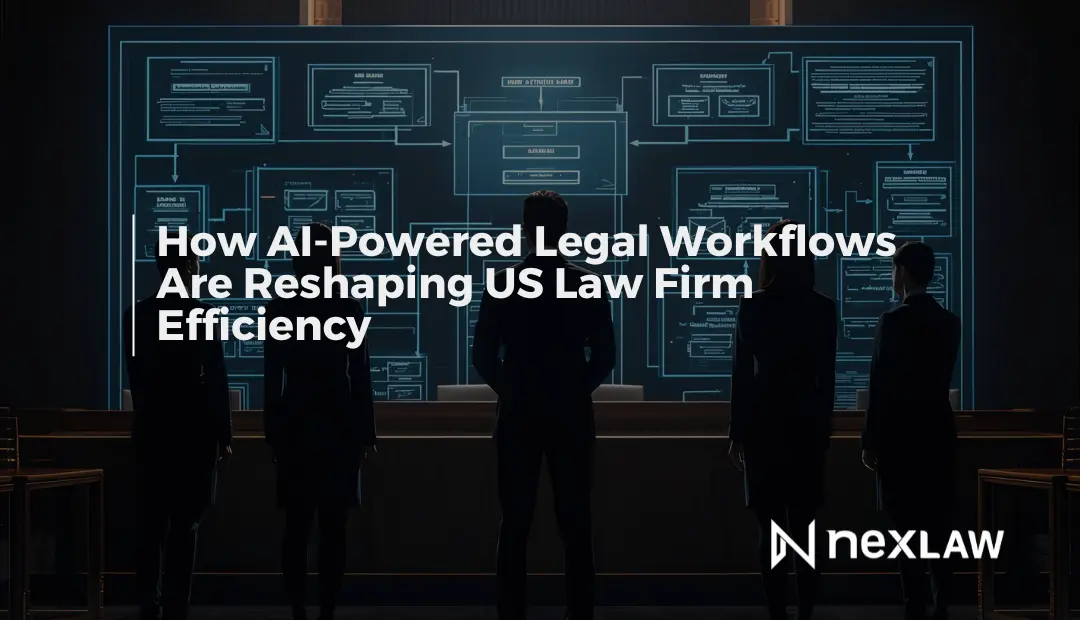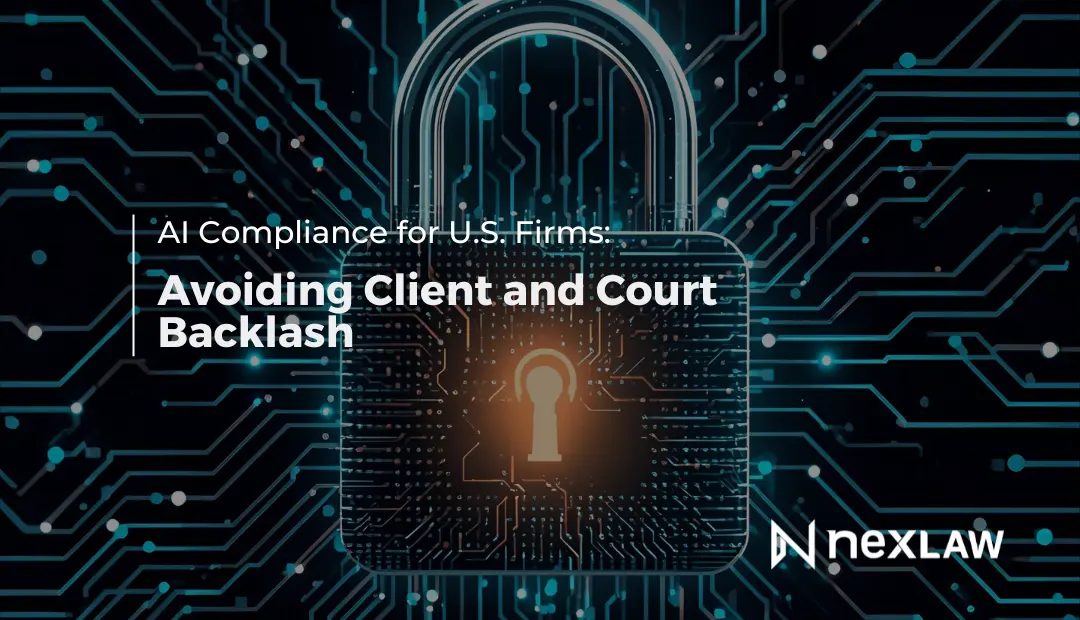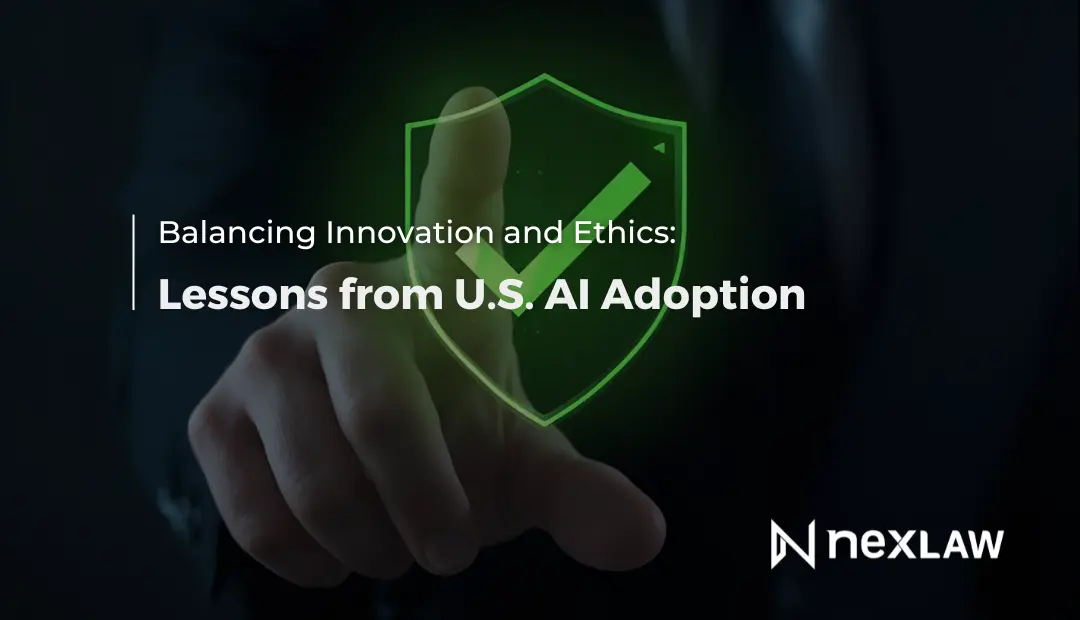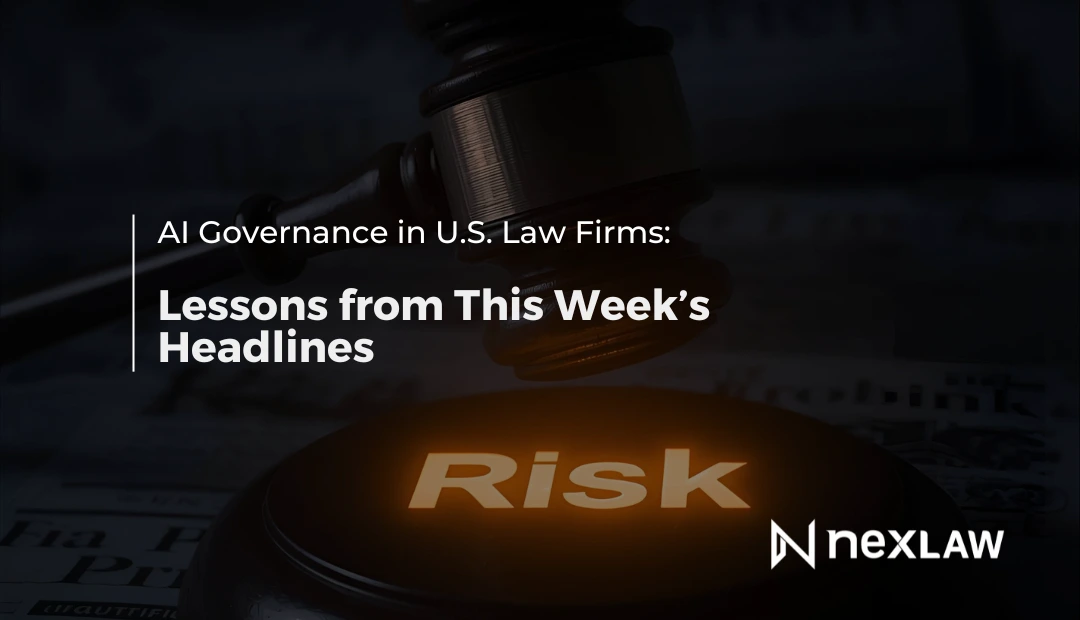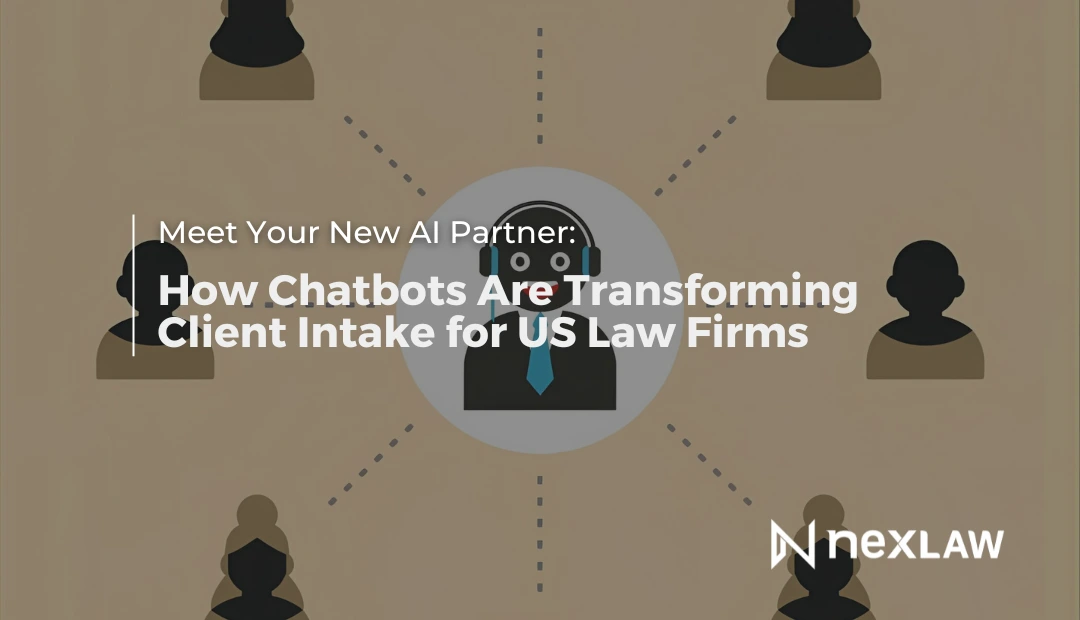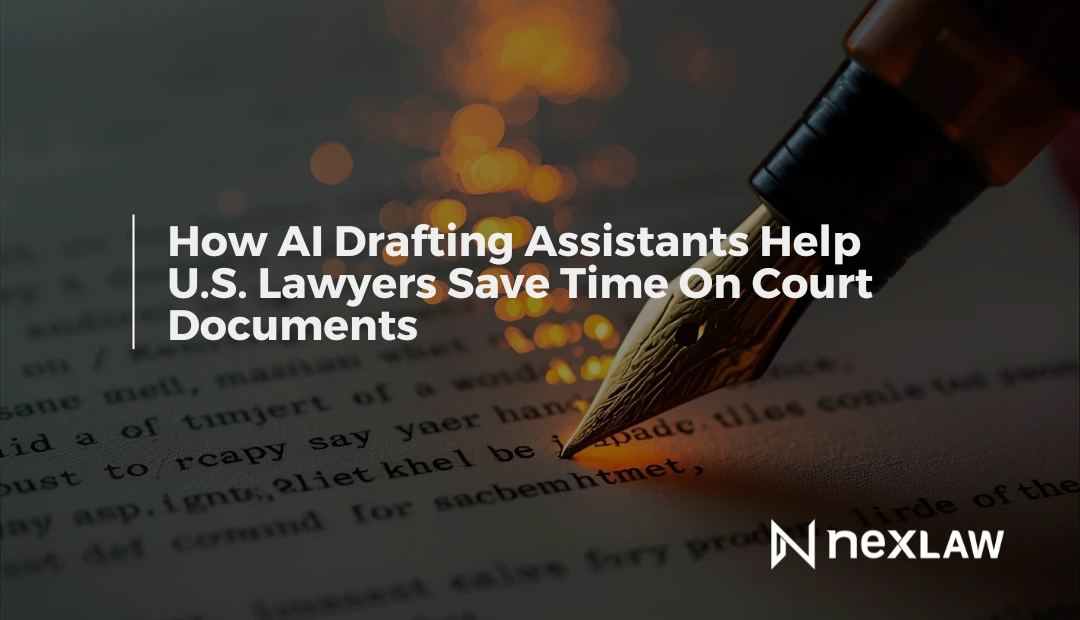How AI-Powered Legal Workflows Are Reshaping US Law Firm Efficiency
Time is a nonrenewable resource in litigation and transactional practice. Yet, most US law firms still rely on manual processes that create friction in client intake, research, document review, drafting, and trial preparation.
Unlock Legal Insights Instantly!
In an era where margins are tighter, client demands are higher, and legal staff are stretched thin, workflow automation powered by AI is no longer experimental—it’s essential.
Modern legal workflows are being restructured around tools that cut down time spent on non-billable tasks, eliminate redundancy, and allow lawyers to focus on legal strategy, not admin work.
What Are AI-Powered Legal Workflows?
AI-powered workflows refer to a connected system of legal tasks that are:
- Automatically triggered based on inputs (e.g., new client, uploaded document)
- Handled in sequence or parallel with minimal human involvement
- Continuously improved via learning from past cases and actions
These systems integrate tasks across departments—from paralegal document review to attorney drafting—creating one streamlined path from intake to resolution.
Where Legal Workflows Commonly Break Down
| Legal Phase | Common Bottleneck | AI Workflow Benefit |
|---|---|---|
| Client Intake | Manual data entry, delayed response | Auto-fill forms, chatbot triage |
| Document Review | Repetitive reading, missing key facts | Conceptual search, auto-summarization |
| Legal Research | Siloed systems, fragmented results | Unified AI-assisted search |
| Drafting | Reuse of old templates, formatting issues | Smart clause suggestions, auto-cite support |
| Trial Preparation | Exhibit disorganization, time crunches | Chronology tools, link evidence to arguments |
By connecting these phases with intelligent workflows, law firms save time, money, and client frustration.
A Day in the Life: Before vs. After AI Workflows
Traditional Workflow (Before AI)
- Intake form submitted via PDF, manually entered by staff
- Paralegal searches firm drive for relevant contract template
- Attorney starts drafting without knowing about a similar past case
- Legal research requires toggling between platforms, losing time
- Trial prep involves five meetings, separate timelines, and confusion over exhibit numbers
AI-Enhanced Workflow (After)
- Intake triaged by AI chatbot, data entered into case file automatically
- System suggests best-fit template based on issue and jurisdiction
- Prior similar cases, contracts, and arguments auto-linked in the interface
- Legal research surfaces cited cases and commentary in one view
- Trial prep dashboard shows linked exhibits, arguments, and chronology in one timeline
Result: fewer meetings, faster turnarounds, and better-prepared attorneys.
Why US Law Firms Are Finally Embracing Workflow Automation
The tipping point isn’t just about time. It’s about risk, satisfaction, and talent retention.
- Compliance Risks: Missed deadlines or incorrect filings due to fragmented processes
- Client Expectations: Corporate clients now expect digital readiness and fast updates
- Attorney Burnout: Manual busywork leads to attrition among junior staff
- Margin Pressures: Rising costs and flat fees force firms to do more with less
AI workflows solve all four by making work smarter, more traceable, and less repetitive.
Use Case: Small Litigation Firm, Big Workflow Shift
A six-attorney civil litigation firm in California implemented AI-powered workflow tools to streamline:
- Intake via smart forms with conflict-check integration
- Document storage connected to AI analysis and timeline builder
- Brief drafting linked to clause bank and past filings
- Trial exhibit prep that pulls directly from reviewed evidence
In just 90 days, the firm:
- Reduced time to file motions by 41%
- Handled 22% more matters per attorney
- Improved client satisfaction scores from 7.2 to 9.1
Most importantly, attorneys reported less stress and more control over their case management.
Best Practices for Implementing AI Workflows in Law Firms
- Start Small, Then Expand Begin with one process like legal research or document review and integrate AI tools fully before scaling firm-wide.
- Choose Integrations Over Standalones Ensure tools can talk to each other. Workflow friction returns when tools are siloed.
- Train Teams on Outcomes, Not Just Features Show how the workflow helps faster motion filing, better client updates to get buy-in from skeptical attorneys.
- Keep the Attorney in Control AI should assist, not replace, judgment. Attorneys must approve all final drafts or document classifications.
- Measure ROI Monthly Track KPIs like time saved per matter, case completion cycle, and client satisfaction.
Where AI Fits Most Naturally in the Legal Workflow
- Automated Client Onboarding With smart forms and chatbots gathering case info, attorneys get better briefs, faster.
- Case Chronology and Fact Building AI builds visual timelines from evidence and documents, supporting discovery and motion planning.
- Argument Drafting Smart suggestion engines propose clauses or sections based on motion type and jurisdiction.
- Trial Exhibit Linking Documents tagged during review are auto-linked to exhibits, saving hours during trial prep.
What’s Ahead: The Future of AI in Legal Workflows
By 2026, we expect to see:
- Role-based workflows that adapt interfaces to the user (paralegal, partner, admin)
- Predictive task assignment based on document type, urgency, and attorney bandwidth
- Voice command legal assistants that respond to spoken task requests
- Client-facing workflow visibility, allowing real-time updates and transparency
These aren’t distant ideas—firms using AI-powered systems today will likely see these upgrades within one to two years.
Where NexLaw Enhances Workflow Efficiency
NexLaw’s integrated platform offers AI-powered workflows across the litigation lifecycle:
- NeXa supports research and drafting with legal citations and smart summaries
- ChronoVault 2.0 automatically organizes files, timelines, and exhibits as documents are uploaded
- TrialPrep builds argument timelines, generates witness prep docs, and links all trial materials in one place
Firms using NexLaw don’t just automate tasks—they connect the dots across legal work.
Less Friction, More Focus
Lawyers are paid to think, argue, and win—not to reformat PDFs, dig for templates, or guess if a draft was final. AI-powered workflows free attorneys to focus on strategy by reducing the noise and friction of daily legal operations.
Start your 3-day free trial of NexLaw today and give your team the speed, clarity, and control that efficient workflows make possible.
